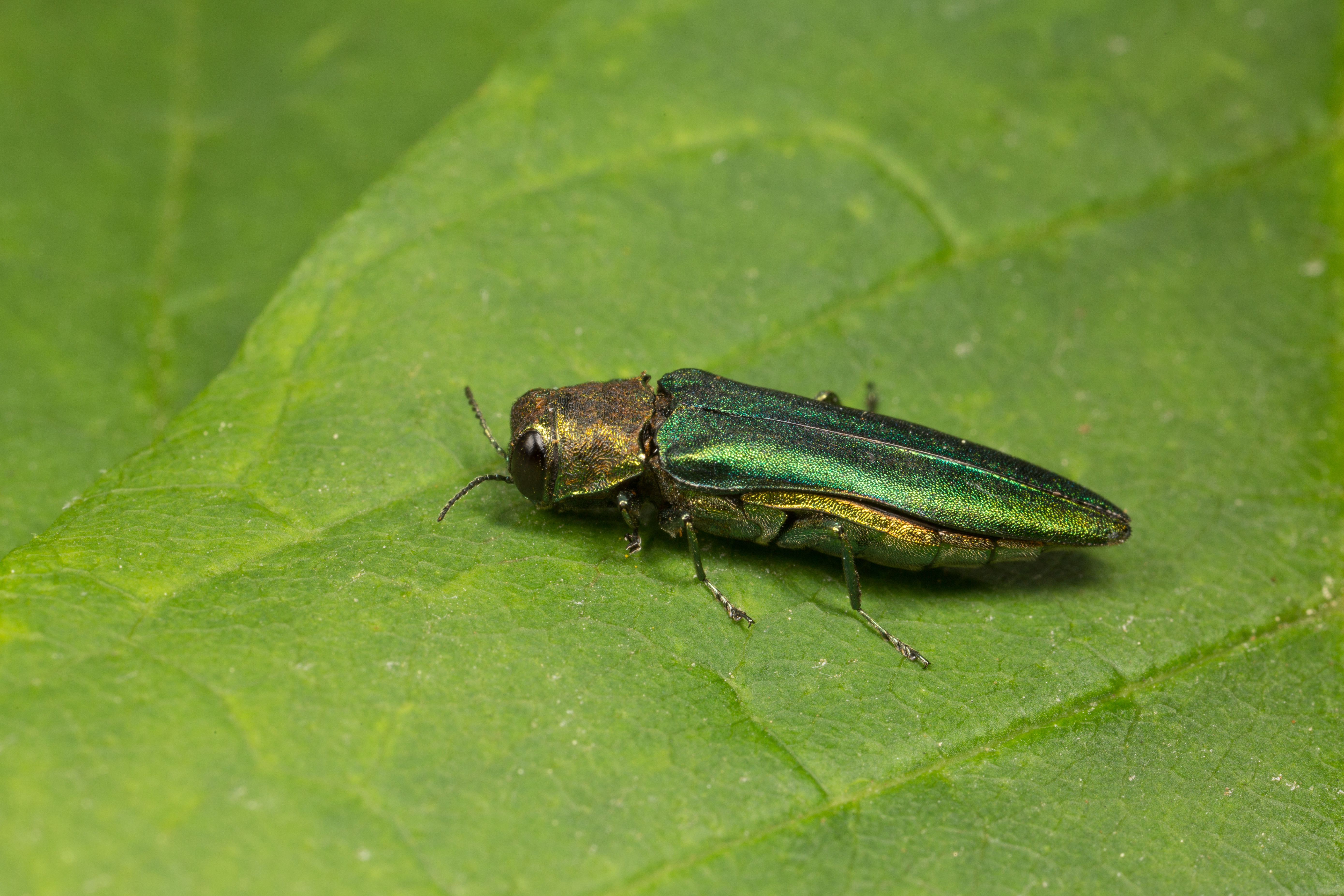Home

Kentucky Lingering Ash Project
Some untreated ash trees, known as lingering ash, still remain on the landscape years after surrounding, untreated ash trees have succumbed to EAB. These lingering ash may play an integral role in eventually returning ash trees to the landscape. The University of Kentucky and the Kentucky Division of Forestry are working to:
-
Identify lingering white and green ash in Kentucky,
-
Collect seed from these ash trees
-
Grow white and green ash trees from these seeds
-
Determine whether these trees might carry some resistance to EAB
In areas where greater than 95% of native white and green ash trees have succumbed to EAB, lingering ash are those trees that remain in good health.
Lingering ash trees cannot be treated for EAB with and insecticide to be considered lingering ash. Rather, they must be untreated, naturally growing (not planted) trees to be classified as lingering ash.
EAB
Emerald Ash Borer has had a significant impact on white and green ash trees in Kentucky
Learn MoreLingering Ash
Think you've spotted white or green ash trees that you think match these criteria?
How to helpSeed Collection
We are seeking seed collection from large (>10” DBH) white and green ash trees.
How to helpID Ash
Identifying ash trees can be tricky. Learn the different types by clicking below.
Identify Ash Trees